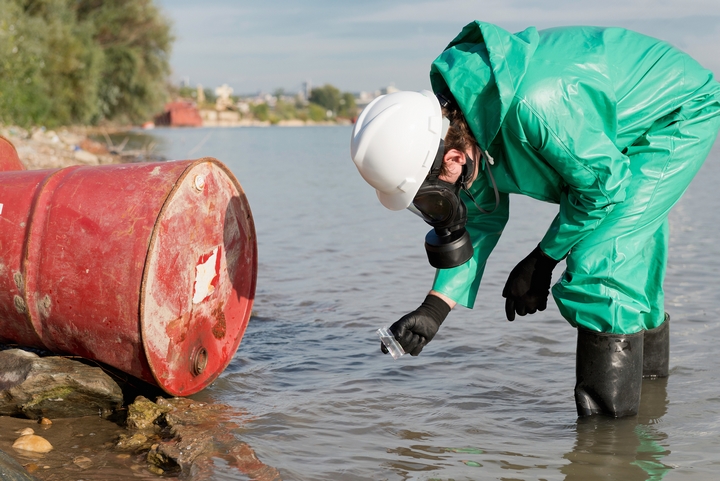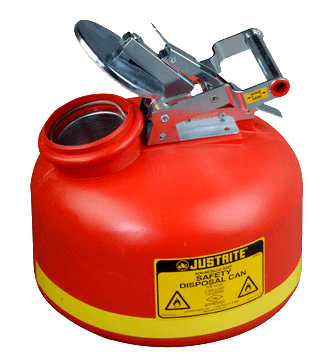Leading Liquid Waste Disposal Melbourne: Trusted Providers for Correct Waste Management
Leading Liquid Waste Disposal Melbourne: Trusted Providers for Correct Waste Management
Blog Article
Recognizing the Comprehensive Process of Liquid Garbage Disposal: Finest Practices and Environmental Influence Considerations
The management of fluid garbage disposal is a complex problem that needs a complete understanding of various best methods and their associated ecological impacts. From the kinds of liquid waste generated to the approaches employed for collection, treatment, and final disposal, each action plays an essential role in guarding environments and public health and wellness. As regulative requirements advance and technology advances, the discussion around these procedures comes to be progressively relevant. What implications do these changes hold for future sustainability initiatives, and exactly how can stakeholders make sure that they are effectively dealt with?
Sorts Of Liquid Waste
Recognizing the various sorts of liquid waste is essential for efficient monitoring and disposal practices. Liquid waste can be broadly classified right into numerous types, each requiring one-of-a-kind handling and treatment strategies.
Industrial liquid waste commonly consists of dangerous products, consisting of heavy metals, solvents, and chemicals, generated during making processes. These wastes require rigorous governing conformity to protect human health and the setting. Residential fluid waste mostly refers to wastewater produced from households, consisting of sewer and greywater, which, although less toxic, can still present substantial risks if improperly taken care of.
Agricultural liquid waste, consisting of overflow from ranches, often consists of fertilizers and pesticides that can cause environmental destruction if not treated sufficiently. Medical fluid waste, created from medical care centers, consists of polluted liquids such as bodily fluids and chemicals, needing specialized disposal methods to avoid infection and environmental contamination.
Finally, oil and grease waste, generally produced by restaurants and automotive industries, can cause serious clogs in sewer systems if not taken care of properly. Recognizing these classifications facilitates targeted techniques for treatment, compliance with regulations, and effective disposal approaches, inevitably promoting ecological sustainability and public health and wellness security.

Collection Approaches
Reliable collection methods are crucial for the proper monitoring of liquid waste, making certain that it is gathered safely and successfully before treatment or disposal. Different strategies are utilized relying on the type of fluid waste produced, the quantity, and the particular features of the waste.
One typical approach is making use of devoted collection tanks or sumps, which are created to capture fluid waste at the resource. These systems commonly include pumps that assist in the transfer of waste to bigger storage space containers or treatment centers. In addition, mobile collection devices furnished with vacuum technology are employed in situations where waste is created intermittently or in hard-to-reach areas.
For commercial settings, closed-loop systems can properly reduce spills and leakages, enabling the healing and reuse of fluid waste. It is also essential to train personnel on appropriate collection protocols to alleviate threats connected with unsafe materials.
Furthermore, applying routine maintenance routines for collection tools ensures ideal performance and safety and security. The integration of sophisticated surveillance systems can improve collection efficiency by providing real-time data on waste levels and potential hazards. On the whole, reliable collection approaches are foundational to sustainable liquid waste monitoring techniques.
Treatment Procedures
Treatment procedures play an important role in the monitoring of liquid waste, changing possibly unsafe products into secure effluents or recyclable sources - liquid waste disposal. These procedures can be generally categorized into physical, chemical, and organic approaches, each tailored to resolve certain pollutants present in the waste stream
Physical treatment methods, such as sedimentation and filtering, job by removing suspended solids and particulate matter. These methods are usually the primary step in the therapy chain, successfully lowering the lots on subsequent procedures. Chemical therapies include making use of reagents to neutralize damaging substances, precipitate heavy metals, or oxidize natural pollutants, thus improving the safety and security of the effluent.
Biological therapy processes, consisting of activated sludge systems and anaerobic digestion, profit from the natural abilities of microorganisms to weaken raw material. These approaches are particularly effective for wastewater including naturally degradable contaminants. Advanced therapy modern technologies, such as membrane filtering and advanced oxidation procedures, are significantly employed to achieve higher degrees of filtration.
Incorporating a mix of these therapy methods not just makes sure conformity with regulative requirements but likewise promotes ecological sustainability by recouping useful resources from liquid waste.
Disposal Options
Exactly how can companies ensure the safe and liable disposal of fluid waste? Effective disposal choices are essential for protecting public health and the setting. The key methods consist of land disposal, treatment, and incineration complied with by discharge into local wastewater systems.
Land disposal entails the cautious containment of liquid waste in marked landfills, making certain that it does not seep into surrounding soil or water. Incineration, on the other hand, subjects liquid waste to high temperatures, transforming it into ash and gases, which require correct filtering to lessen exhausts. This approach appropriates for contaminateds materials that can not be treated via standard ways.
In situations where fluid waste can be dealt with, organizations might select chemical or biological therapy procedures to reduce the effects of dangerous parts before releasing the treated effluent right into local systems. This path normally straightens with regulatory demands, making certain that the effluent satisfies security standards.
Inevitably, organizations have to carry out detailed analyses of each disposal option to determine its viability, taking into consideration variables such as waste structure, governing conformity, and prospective risks to health navigate to these guys and the environment. By selecting suitable disposal techniques, businesses can add to a liable waste monitoring method.
Environmental Influence
The environmental effect of liquid waste disposal is a crucial consideration for companies looking for to decrease their ecological footprint. In addition, the discharge of untreated or inadequately dealt with waste right into surface waters can result in eutrophication, leading to oxygen exhaustion and the subsequent death of fish and various other organisms.

To alleviate these effects, companies should take on ideal practices such as carrying out rigorous waste treatment procedures, promoting recycling and reuse, and adhering to regulatory requirements. By taking a proactive strategy to liquid waste management, entities can dramatically reduce their environmental footprint while supporting lasting development goals. Inevitably, an extensive understanding of the environmental impacts associated with fluid waste disposal is crucial for informed decision-making and responsible stewardship of i thought about this all-natural resources.
Conclusion
Effective monitoring a fantastic read of fluid waste is vital for safeguarding ecological stability and public health. By adopting ideal methods in treatment, disposal, and collection, alongside adherence to regulative requirements, the capacity for unsafe contamination of communities can be substantially decreased. Constant innovations in technology and processes add to lasting waste administration efforts. Ultimately, a comprehensive understanding of fluid waste disposal not only mitigates environmental impacts but additionally promotes a dedication to responsible source management and ecological stewardship.
The monitoring of fluid waste disposal is a complex issue that requires a complete understanding of different finest techniques and their associated ecological impacts. From the kinds of liquid waste produced to the approaches utilized for collection, therapy, and last disposal, each action plays a vital function in safeguarding communities and public health and wellness.The environmental effect of fluid waste disposal is a vital factor to consider for companies looking for to lessen their eco-friendly impact. Inevitably, a comprehensive understanding of the environmental impacts linked with fluid waste disposal is necessary for notified decision-making and responsible stewardship of natural sources.
Inevitably, a detailed understanding of fluid waste disposal not only alleviates ecological impacts however likewise cultivates a commitment to liable source monitoring and environmental stewardship.
Report this page